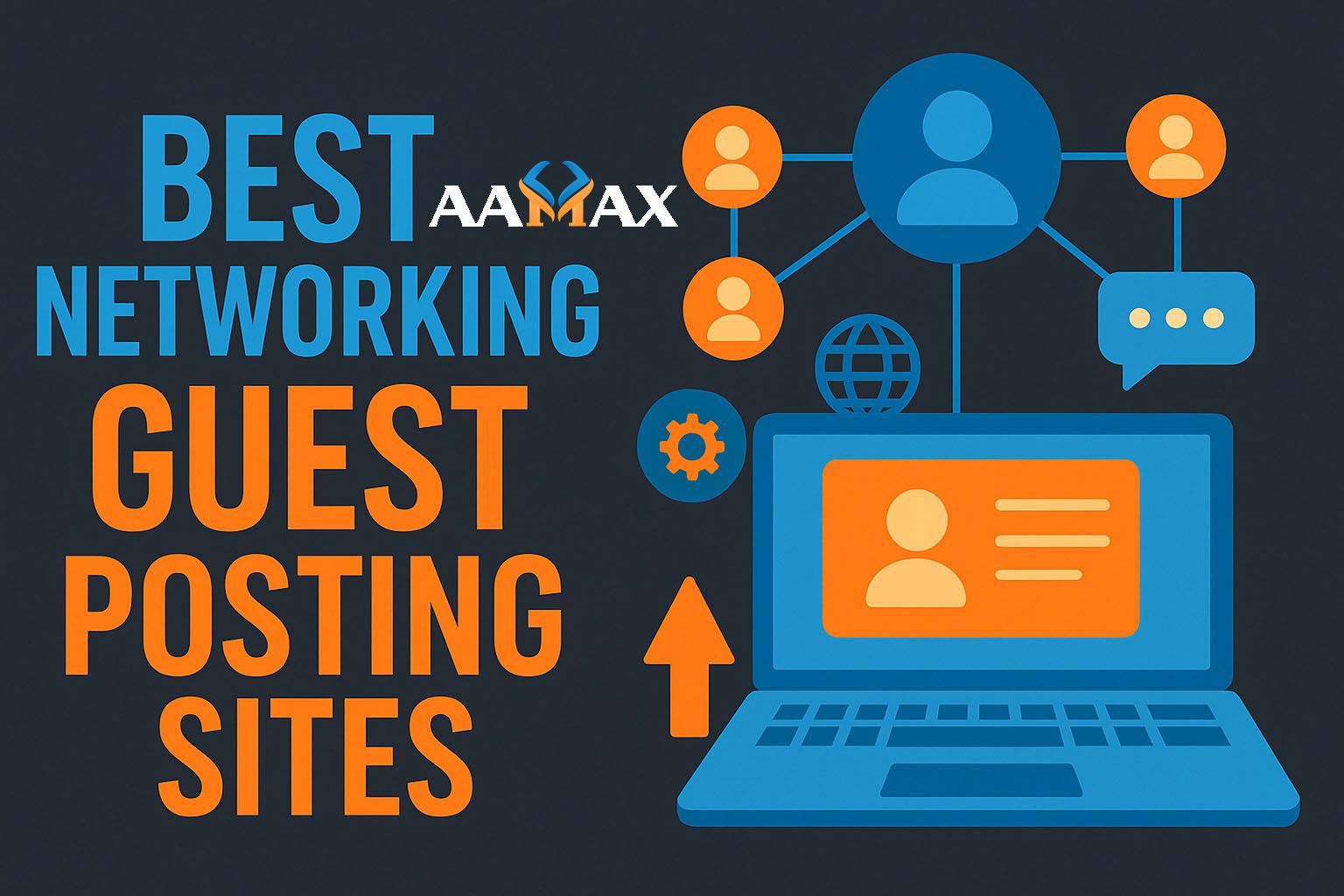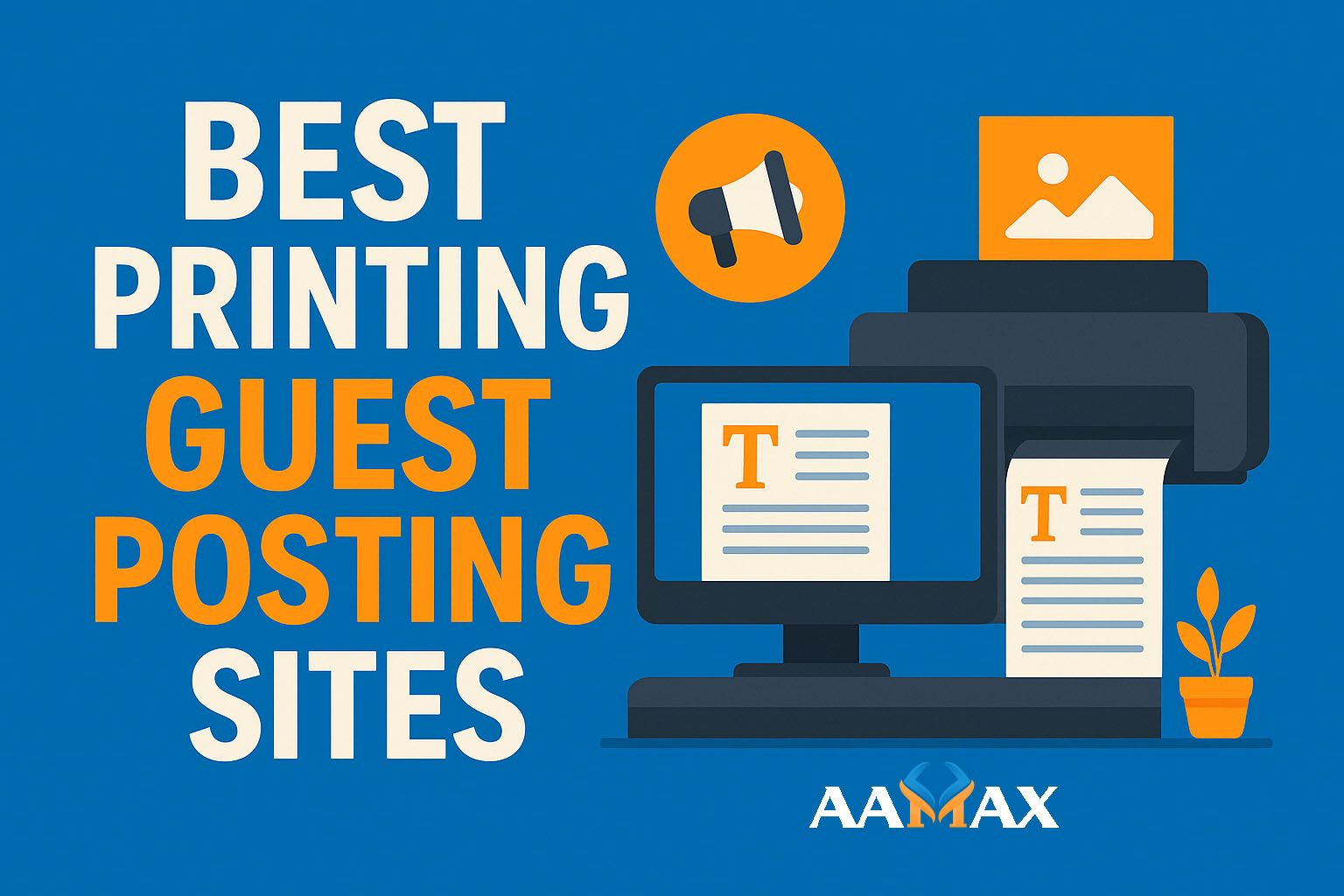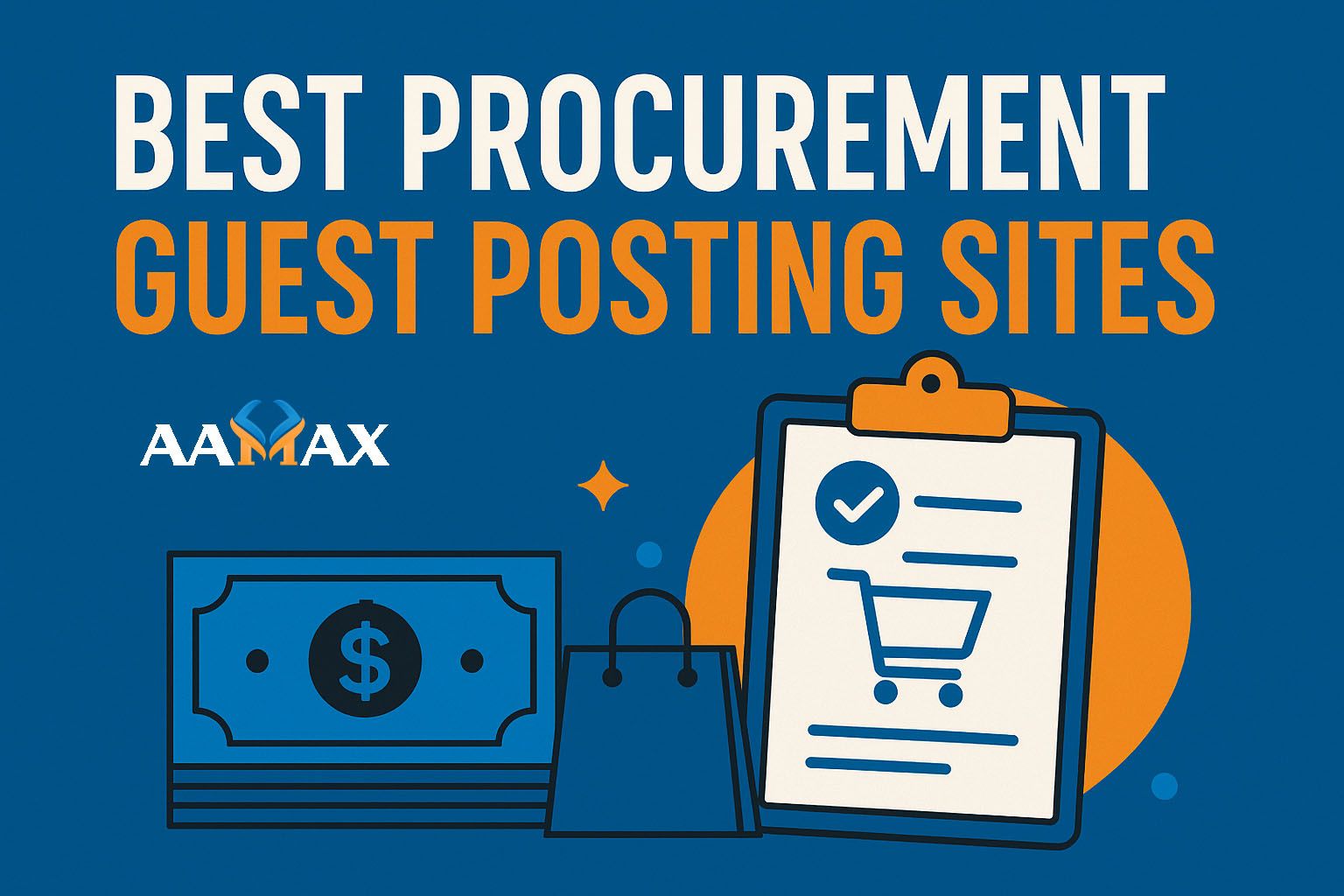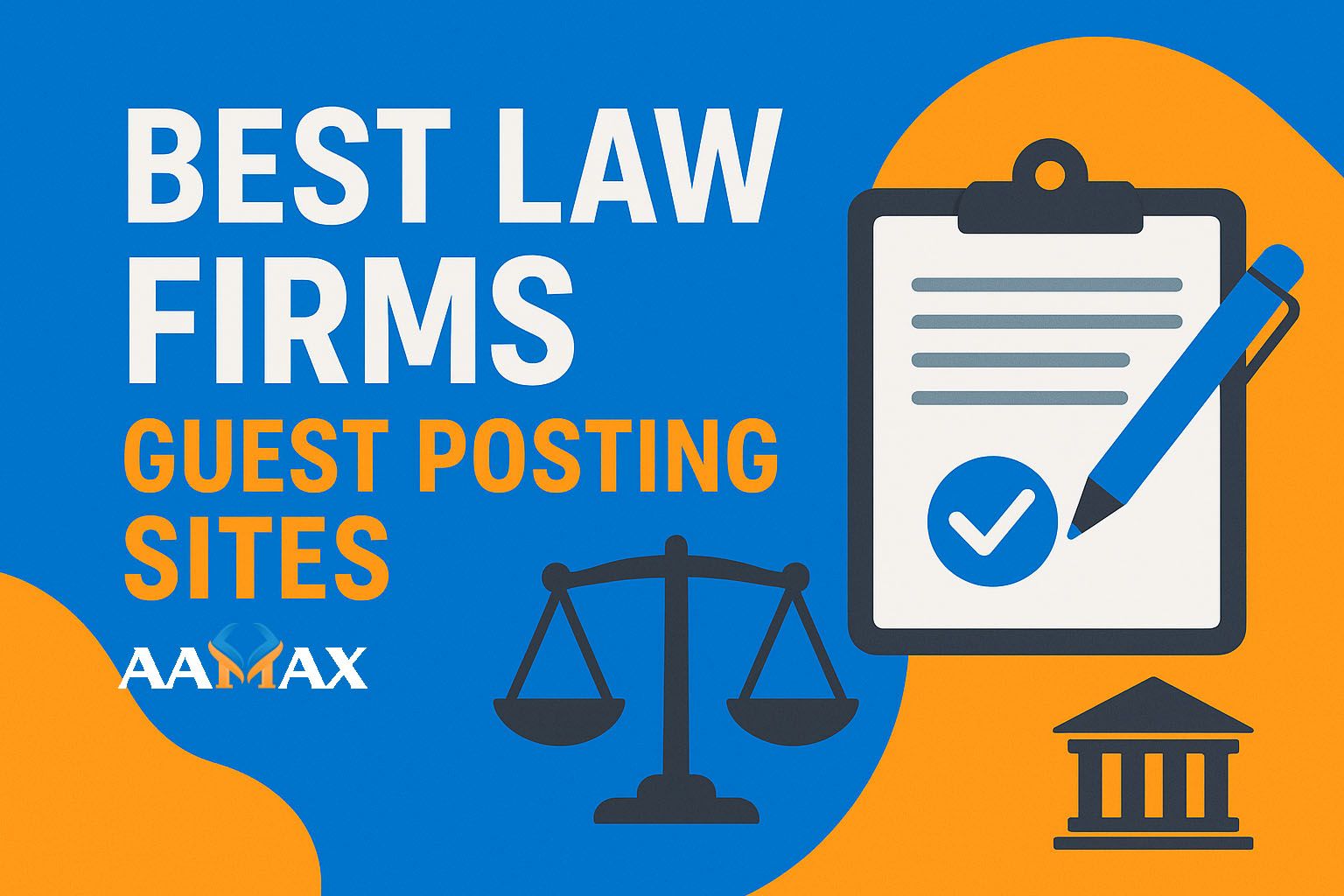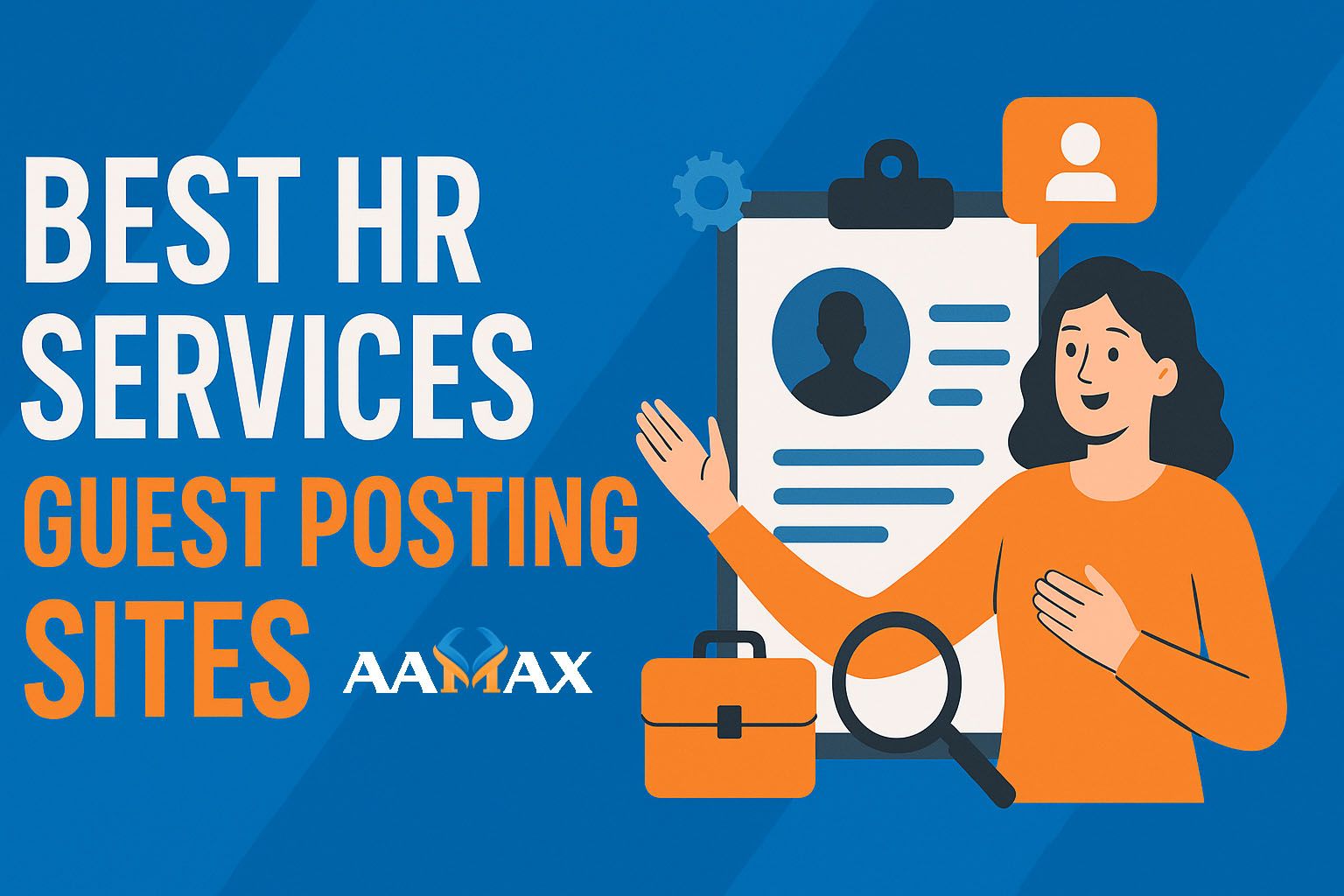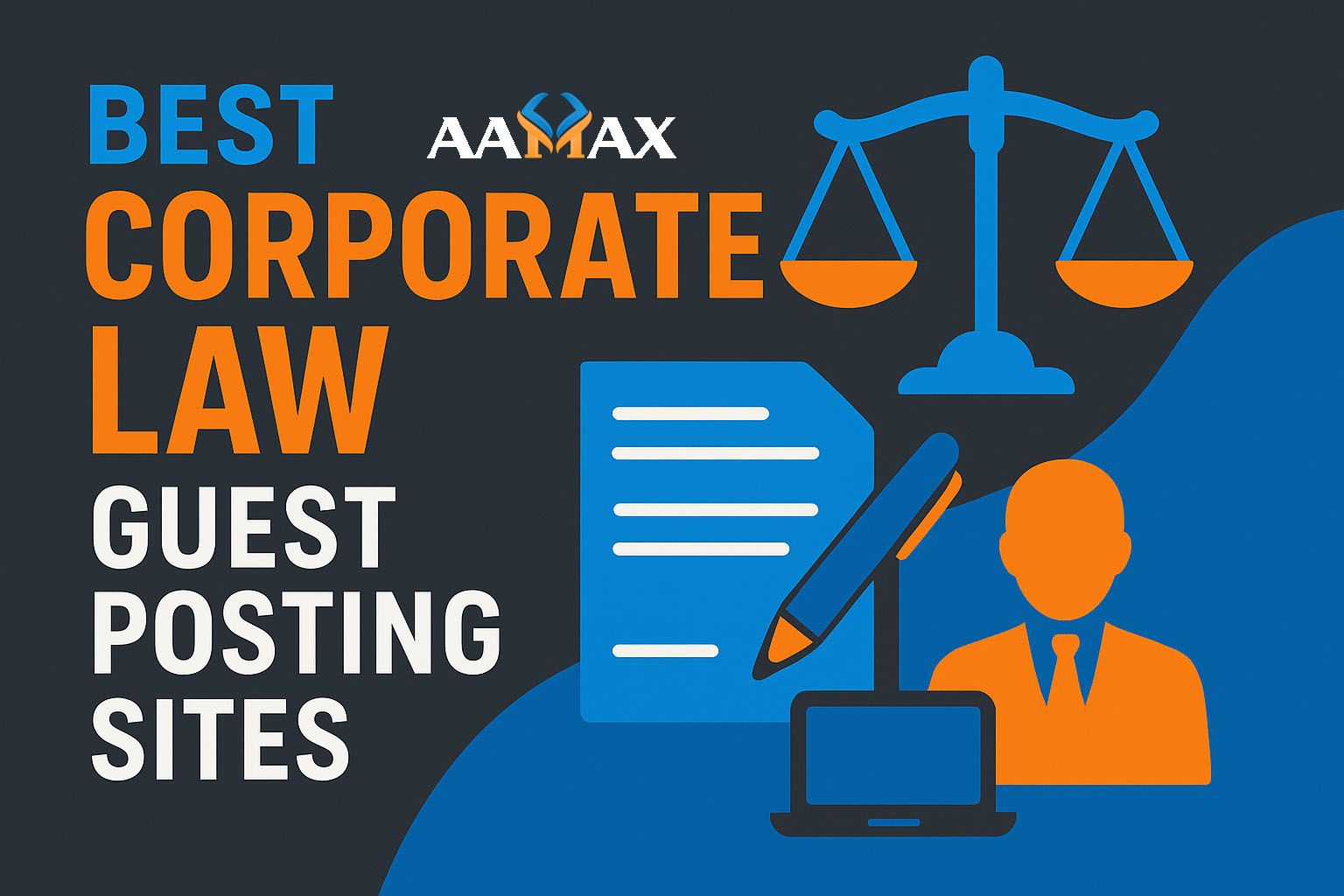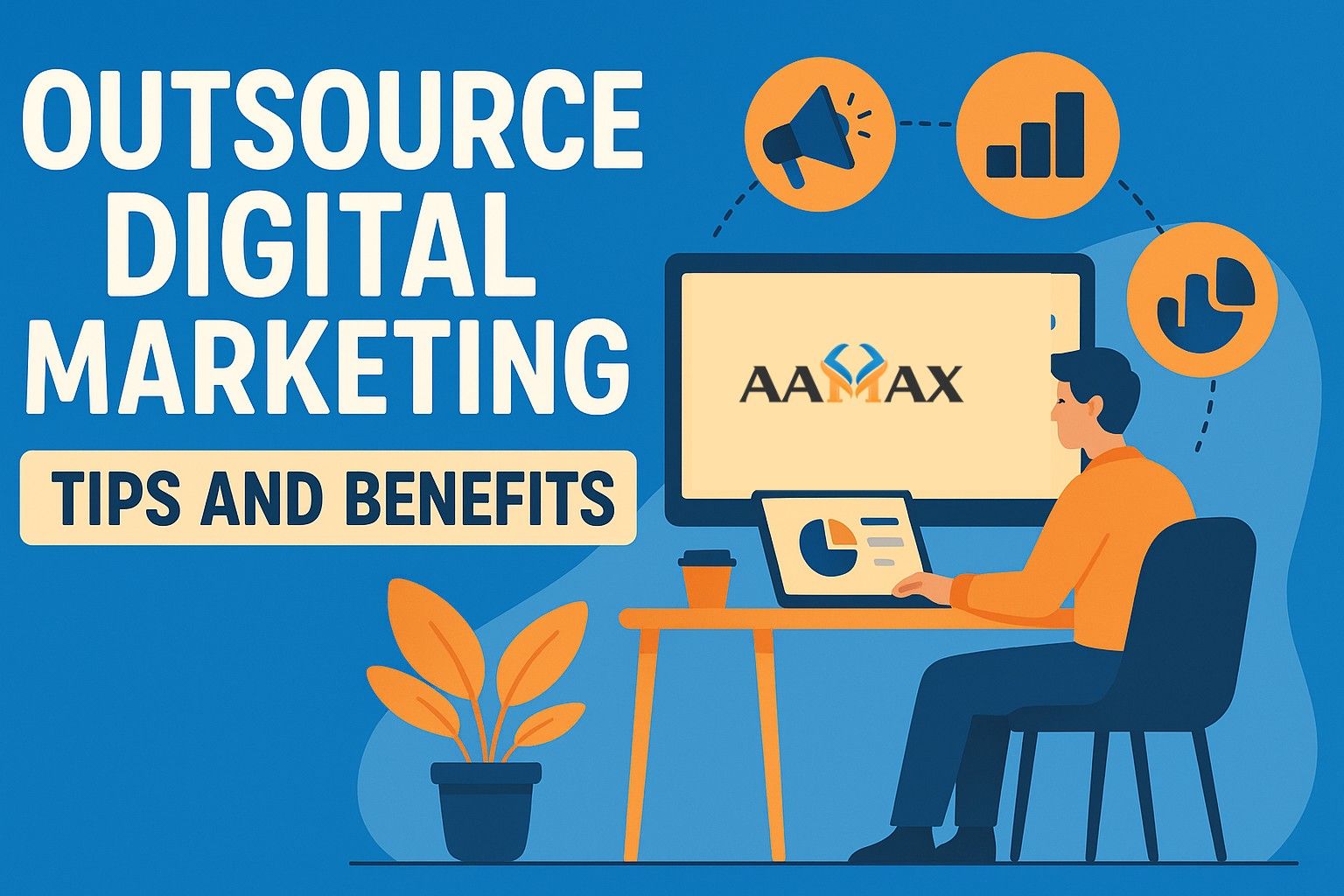
Outsource Digital Marketing: Tips and Benefits
Digital Marketing is a critical growth driver for modern businesses, but managing it in-house can be challenging, time-consuming, and expensive—especially for small and mid-sized companies. Outsourcing digital marketing is becoming a popular choice for brands looking to leverage expert skills, save costs, and focus on their core business operations.
In this guide, we’ll cover:
- Why outsourcing digital marketing can be a game changer
- Key benefits of outsourcing to professionals
- Practical tips to make outsourcing successful
- 10 actionable tips to decrease web page load times (essential for better rankings and conversions)
Why Businesses Outsource Digital Marketing
The modern digital landscape is complex. Search engine algorithms change frequently, social media trends evolve overnight, and competition is relentless. For many businesses, keeping up with all these changes is not just exhausting—it can pull focus away from their main offerings.
Outsourcing allows you to:
- Access a team of experts without the cost of hiring full-time staff.
- Scale marketing efforts based on your needs.
- Get measurable results with less trial-and-error.
Benefits of Outsourcing Digital Marketing
1. Cost-Effective Solution
Hiring an in-house marketing team means salaries, benefits, software tools, and training costs. Outsourcing eliminates these fixed expenses, letting you pay only for the services you need.
2. Access to Specialized Expertise
Outsourced teams are often made up of specialists in SEO, PPC, content marketing, social media, and web design. You get the benefit of years of collective experience without going through lengthy hiring processes.
3. Focus on Core Business
When marketing tasks are delegated, you and your team can concentrate on delivering your products or services while the experts handle your online growth.
4. Faster Implementation
Agencies already have systems, processes, and tools in place. This allows campaigns to be launched more quickly compared to training an in-house team from scratch.
5. Latest Tools and Technology
Digital marketing agencies invest in premium tools for analytics, keyword research, automation, and reporting—resources that may be too expensive for an individual business to maintain.
6. Fresh Perspectives
External professionals bring new ideas and creativity that can identify opportunities you might overlook when working internally.
7. Scalability
Whether you need a quick boost for a campaign or a long-term strategy, outsourced teams can scale their efforts up or down to match your needs.
Tips for Successfully Outsourcing Digital Marketing
1. Define Your Goals Clearly
Before engaging an agency, know what you want to achieve—be it increasing leads, improving brand awareness, or boosting website traffic.
2. Choose the Right Partner
Research agencies thoroughly. Look at case studies, client reviews, and the industries they’ve served. The right agency should understand your niche.
3. Set a Realistic Budget
Outsourcing saves money, but quality still comes at a price. Allocate funds based on your goals and expected ROI.
4. Communicate Regularly
Maintain open communication channels to ensure that strategies align with your brand values and business objectives.
5. Track Performance Metrics
Monitor KPIs such as traffic growth, conversion rates, and ROI to ensure the partnership is delivering results.
6. Leverage Their Expertise
Allow the agency to suggest new approaches and experiment with strategies you haven’t tried before.
7. Prioritize Long-Term Strategy
Quick wins are great, but sustainable growth requires consistent effort and a clear long-term vision.
For a trusted partner that offers web development, digital marketing, and SEO services, you can hire AAMAX—a full-service digital marketing company with expertise in helping businesses scale efficiently.
Why Website Speed Matters for Digital Marketing
No matter how strong your marketing campaigns are, if your website is slow, you risk losing potential customers. Studies show that:
- 53% of mobile users abandon a site if it takes longer than 3 seconds to load.
- Faster websites rank higher in search engines, as speed is a ranking factor.
- Page speed directly impacts conversion rates and revenue.
In short: Speed optimization is not optional—it’s essential.
10 Tips for Decreasing Web Page Load Times
Here are ten actionable, proven strategies you can implement to make your site load faster.
1. Optimize Images
Large image files are one of the biggest contributors to slow websites. Use tools like TinyPNG or ImageOptim to compress files without losing quality. Consider modern formats like WebP for even smaller file sizes.
2. Leverage Browser Caching
Browser caching stores parts of your site locally on visitors’ devices so that repeat visits load much faster. Configure your server to specify caching rules using .htaccess or server settings.
3. Use a Content Delivery Network (CDN)
A CDN distributes your website content across multiple servers around the globe, reducing the distance data has to travel to reach the user. Popular CDNs include Cloudflare, BunnyCDN, and Amazon CloudFront.
4. Minimize HTTP Requests
Each file (CSS, JavaScript, images) adds an HTTP request. Combine files where possible and remove unnecessary assets to reduce load times.
5. Enable GZIP Compression
GZIP compresses files before sending them to the browser, significantly reducing file sizes. Most web servers and CMS platforms support GZIP.
6. Reduce and Defer JavaScript
Too much JavaScript—or JavaScript that loads before important content—can block rendering. Minify your JS files and defer non-essential scripts so that they load after the main content.
7. Use Lazy Loading for Media
Lazy loading ensures that images and videos load only when they are about to appear in the viewport, reducing initial load time.
8. Upgrade Hosting
Cheap shared hosting can slow down your site during traffic spikes. Consider VPS, cloud hosting, or dedicated servers for better performance and reliability.
9. Clean Up Your Code
Remove unnecessary whitespace, unused CSS, and outdated scripts. Tools like PurifyCSS or UnCSS can help automate the cleanup process.
10. Monitor and Test Regularly
Use tools like Google PageSpeed Insights, GTmetrix, or Pingdom to continuously test your site speed and find new opportunities for improvement.
Integrating Speed Optimization Into Your Outsourced Strategy
When you outsource digital marketing, speed optimization should be part of the package. A slow site will undermine SEO, paid advertising, and content marketing efforts. Here’s why:
- Better SEO rankings lead to more organic traffic.
- Improved user experience increases conversions.
- Higher ad quality scores lower your PPC costs.
A competent agency will integrate technical SEO, page speed optimization, and marketing strategies to deliver a holistic growth plan.
Final Thoughts
Outsourcing digital marketing is not just a cost-saving tactic—it’s a growth strategy. It lets you access a team of experts, scale efforts, and implement advanced tools and techniques without the burden of building everything in-house.
Pairing this with website speed optimization ensures your marketing efforts are fully effective. A fast, user-friendly site will keep visitors engaged and ready to convert.
If you want to save time, maximize ROI, and accelerate your online growth, consider partnering with a professional agency that can handle both your marketing and technical optimization needs.
With the right partner, you can focus on running your business while knowing your digital presence is in expert hands.

